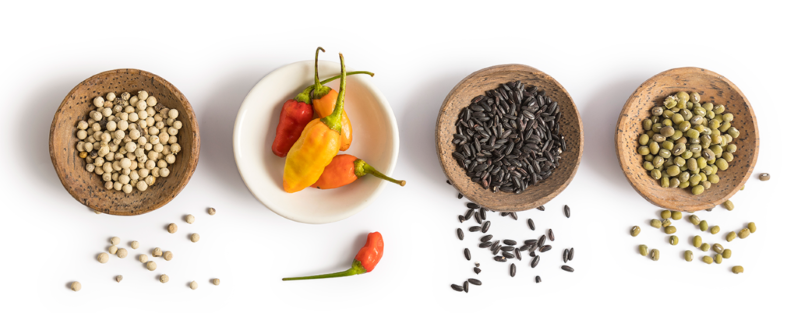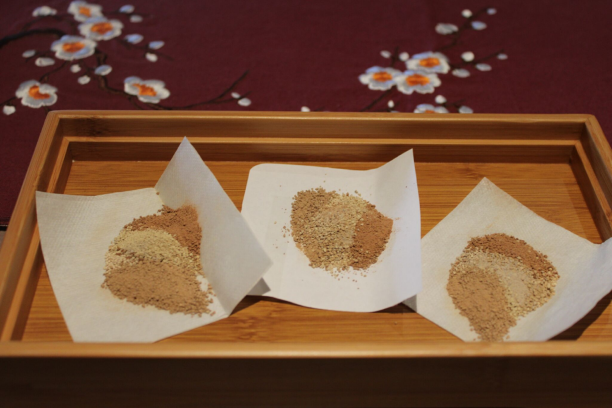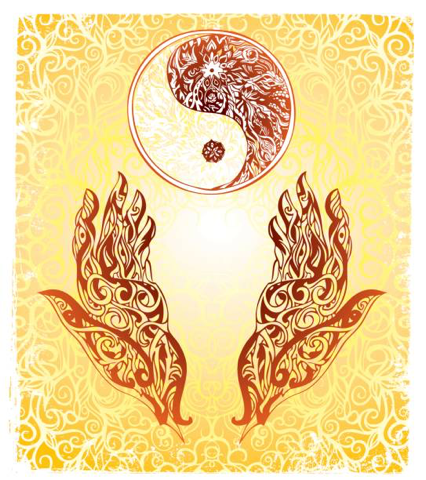In 2015, the Nobel-prize in Medicine was awarded to an 82-year-old female Chinese Scientist- Tu Youyou. Her work, which contributed to the fight against malaria is inspired by ancient Chinese Herbal Medicine. It was a breathtaking moment when her team found a brief reference to one substance, sweet wormwood, which had been used to treat malaria in China around 400 AD.
Increasingly, traditional Chinese Medicine and its significance have been recognized and applied to modern western pharmaceutical uses. We live in an exciting era where the ancient wisdom of the world’s traditional herbal medicines is being reinterpreted and exploited through the lens of modern science.
So, what is Chinese Herbal Medicine?
Chinese Herbal Medicine is the selection of plants as the primary source of medicine to treat the underlying symptoms of various conditions. The naturally occurring chemical space contained within the plant kingdom is immense. It provides the basis for hitting the right mechanistic targets underlying various sicknesses.
Since the dawn of our planet, a myriad of plant specialized metabolites has evolved to mediate interspecies chemical communications and therefore were adapted to possess medicinal properties. When correctly prescribed and administered, these compounds interact with human protein targets and alter the growth of commensal, pathogenic or parasitic organisms living inside the human body. This has a positive impact on human health and disease states.
Chinese Herbal Medicine is part of a larger healing system called Traditional Chinese Medicine (TCM). TCM also includes Acupuncture my own as a link, Tuina (Chinese therapeutic massage, dietary advice, and exercise (Taichi and qigong). TCM is a popular method of treatment all over the world. There are nearly three million Australians visiting TCM practitioners every year.




